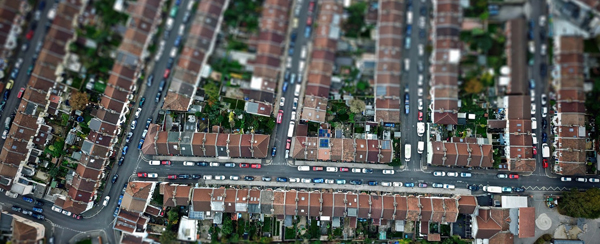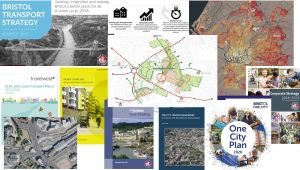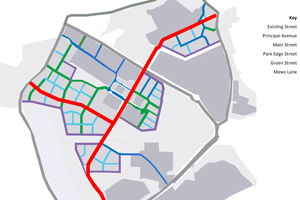
The Transport Development Management Guidance (TDMG) is for planners, architects, engineers, housebuilders, householders, consultants and others involved in the delivery of new development.
The guidance is made of separate pages and downloadable information sheets for ease of use and updating when necessary.
The TDMG takes into consideration the lifetime of a development to avoid negative consequences both now and in the future.
Our aim is to make sure the planning process prioritises and promotes healthy environments and lifestyles for our existing and future citizens.
We require new developments to prioritise walking, cycling and public transport use.
TDMG Structure
Policy and Strategic Background
How and why policy influences our assessment of development proposals regarding the wider transport context, links to other strategic and policy documents, why our guide is necessary and how to use it.

Processes
To provide clarity on what we expect from applicants at all stages of the planning and construction process: from concept stage through pre-application, to planning negotiations and achieving a successful and effective decision, and finally to the legal statutory processes required to obtain technical approval and certification of new street works.

Design Guidance
To provide confirmatory design guidance covering: the minimum design specification and requirements for new and existing highway, the minimum infrastructure requirements to meet the specific needs of development, and relevant signposting towards specific legal, engineering and technical information standards.

The priorities and interventions within the TDMG aim to make sure that developers:
- create healthy and accessible environments
- deliver new street works efficiently
Following the guidance and discussing the approach can prevent:
- delays to development
- prolonged and over-running roadworks or street closures
- consequences impacting time, liability and costs